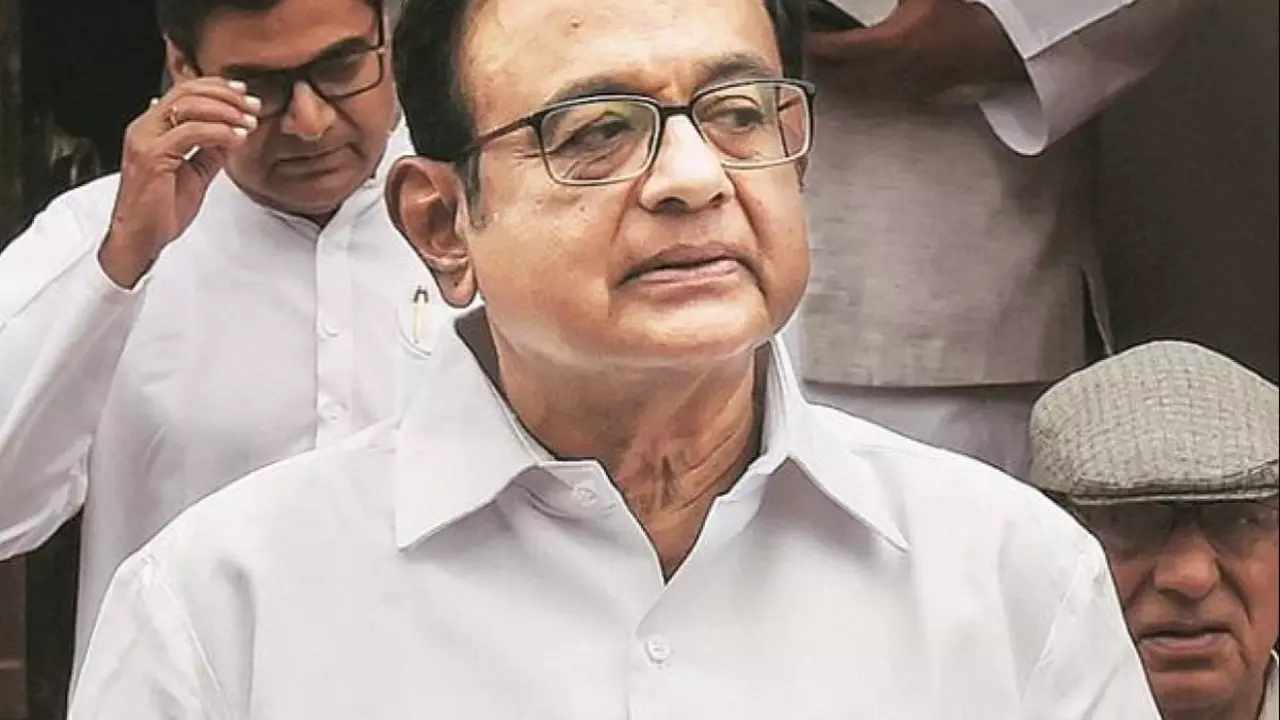Media Bias: How to Spot Hidden Angles in Today’s News
Ever read a story and felt something was off? Maybe the tone was too upbeat, or the facts seemed one‑sided. That’s media bias at work – the subtle (or not‑so‑subtle) ways news outlets tilt coverage to fit a narrative.
In India, bias shows up in many forms: ownership influence, political leanings, and even the choice of what gets published. Take the Times of India – owned by the Sahu Jain family’s Times Group. Knowing who owns a paper can hint at the angles they might favor, especially on business or policy topics.
Common Types of Bias You’ll Meet Online
Selection bias is when a story is covered while others are ignored. The missing review of *The Bengal Files* on Lehren is a perfect example. The review existed, yet search results didn’t show it, making it look like the outlet never covered the film. This can happen unintentionally – editors simply miss a piece – or deliberately, to hide a less‑favorable viewpoint.
Spin bias adds a slant to otherwise neutral facts. A Supreme Court stay on the Chhattisgarh sex CD case could be reported as “justice delayed” or “justice served,” depending on the outlet’s stance. The words you choose shape the reader’s perception.
Ownership bias flows from who runs the media house. When a conglomerate also owns TV channels or online platforms, they may push stories that protect their business interests. Knowing that the Times Group controls a vast media empire helps you ask why certain political stories get prime placement while others fade.
Practical Tips to Uncover Bias
1. Check multiple sources. If you read the same story on a left‑leaning blog and a right‑leaning newspaper, compare the facts they highlight. Discrepancies often reveal bias.
2. Look for missing voices. A piece on Priyanka Gandhi’s private secretary mentions his previous roles but omits any criticism. When a story leaves out obvious counter‑arguments, ask yourself why.
3. Search the original headline. Use a search engine to find the exact article title, like the Bengal Files review. If it disappears from search results, it could be a technical glitch or an attempt to limit reach.
4. Trace ownership. A quick glance at the “About Us” page often tells you who funds the outlet. Knowing that a paper is owned by a political family can cue you to read with a critical eye.
5. Watch the language. Words like “alleged,” “claims,” or “experts say” signal uncertainty. Overly strong adjectives (“shocking,” “groundbreaking”) can be a red flag for sensationalism.
Applying these steps to everyday reading helps you cut through the noise. For instance, the article about how many Native American tribes exist in California lists over 100 tribes but provides no source. That omission invites you to double‑check official tribal registries before taking the number at face value.
Media bias isn’t always a conspiracy; it’s often a mix of human habits, business pressures, and editorial choices. By staying curious, checking facts, and comparing viewpoints, you turn passive reading into an active investigation.
So the next time a story feels one‑sided, pause, ask a few questions, and dig a little deeper. You’ll discover a richer, more balanced picture of what’s really happening – and you’ll become a smarter news consumer in the process.
